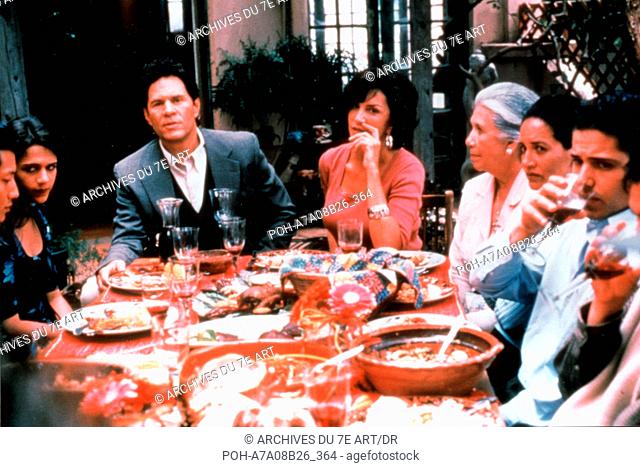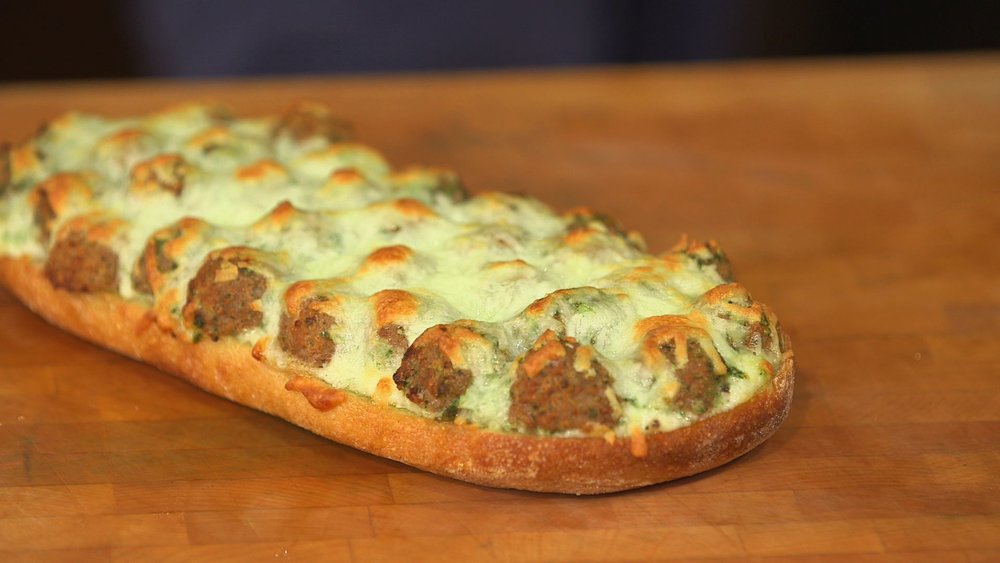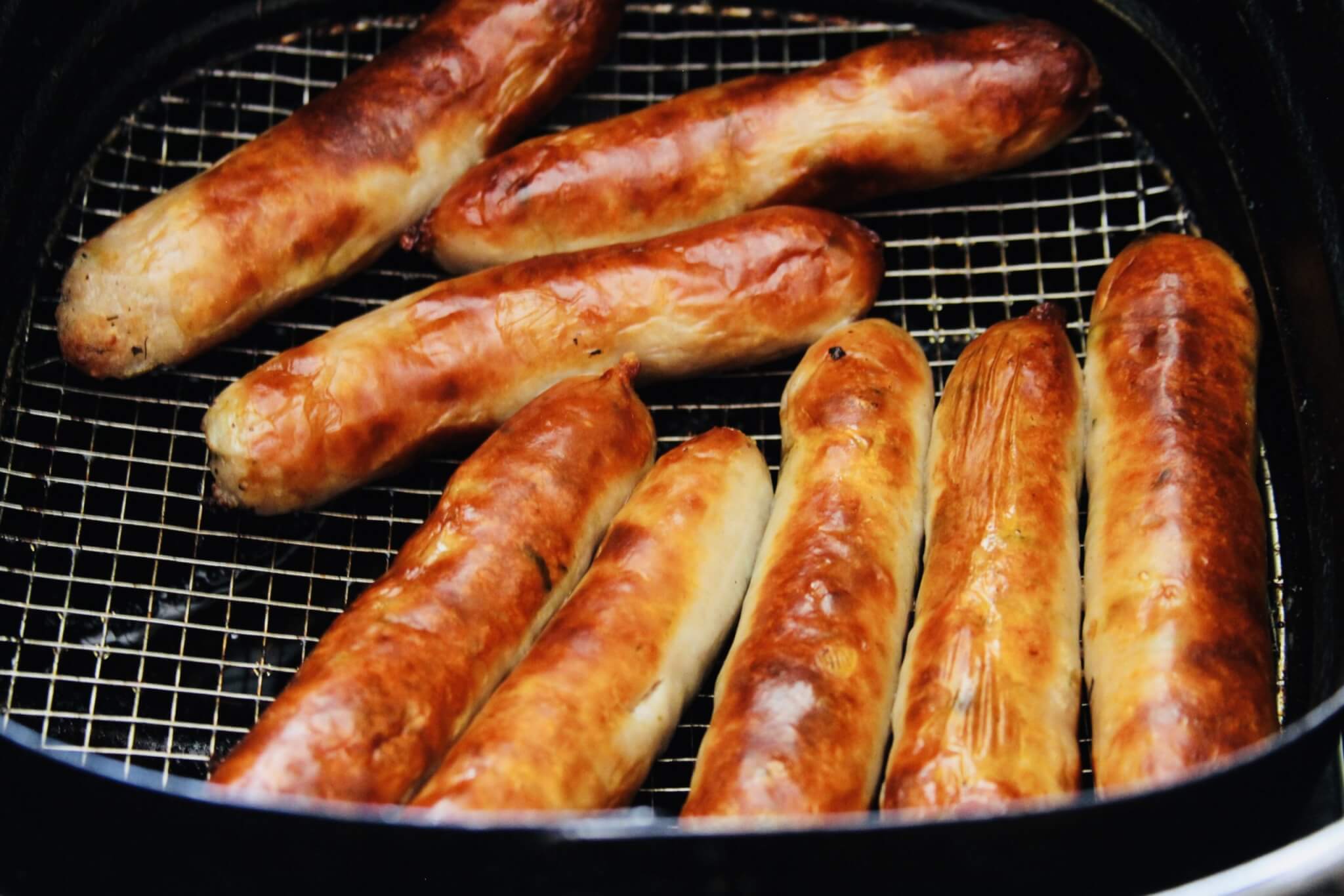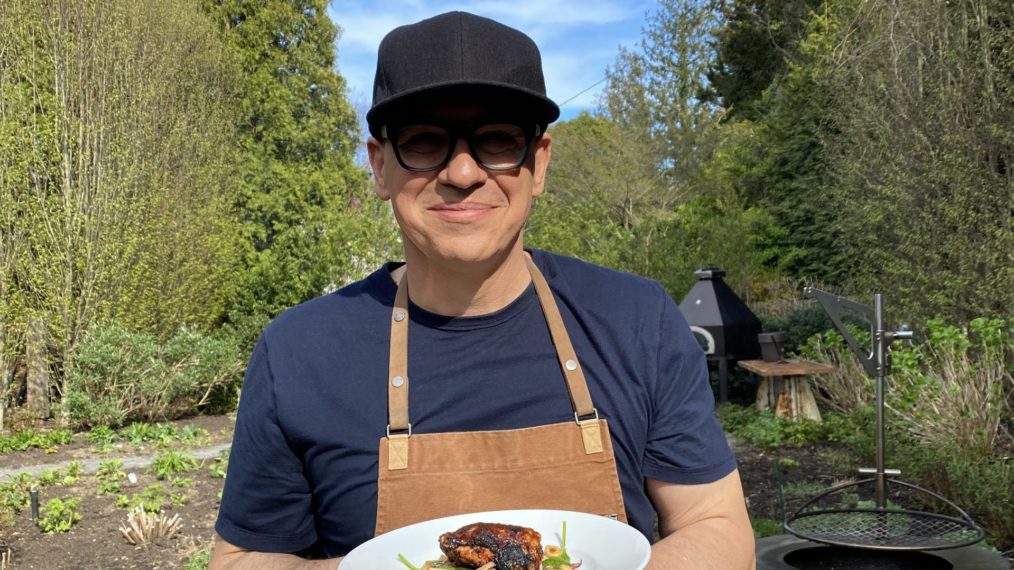What’S Cooking? 2000

Moviestore Collection Ltd / Alamy
The stars and writers of the underrated indie remember its four diverse (and dysfunctional) families’ Thanksgivings and the urgent lessons the movie holds for us 20 years later.
A Jewish family quasi-closeting their lesbian daughter. An American teenager from Vietnam is yelled at because she has a condom, while her brother keeps a gun inside the home. An affirmative action activist from black America fighting his son. One Latina mother eats with her ex-husband, who has slept with her cousin.
These are not the Hallmark card images of Thanksgiving that are surprisingly, and often relentlessly, still packaged to Americans. However, in 2000, What’s Cooking? The film weaves these disparate stories together to make a wonderful Thanksgiving feast. Two decades later, this film is still one of the most original, charming, and supremely satisfying Thanksgiving movies. Ironically though, being American might not have allowed for a movie to accurately portray the American holiday. Like Thanksgiving itself, “What’s Cooking?” This British invention is nothing but a British genius. Gurinder Chha, the British Indian director behind Bend It Like Beckham (a worldwide hit) and Blinded by the Light (a Bruce Springsteen-fueled film), co-directed and wrote the movie.
Bend It Like Beckham is the subject of much discussion. When I point out that this movie was about an Indian girl it becomes like: “I’ve seen it!” You made that movie? It’s American,” Chadha stated to The Daily Beast. There’s an expectation that a person like myself would create a movie. What’s Cooking is not that. Chadha got the idea to make a movie about Thanksgiving from her trip to Los Angeles, where she spent time with Paul Mayeda Berges. Berges, a L.A. native whose parents split when he was young, would divide Thanksgiving. Chadha explained that they went to Berges’ father’s home for Thanksgiving dinner. After the meal they would then go to Berges’ Japanese-American mother. Berges loved how Thanksgiving could not only be shared but celebrated in different ways according the various American communities. Her work was all about “opening up this idea of Britishness” from the beginning. “I just brought that debate to America. I wanted to know how American families are defined.” She designed the movie with four Los Angeles families, of diverse racial, ethnic, and religious backgrounds. They celebrate, but also suffer, Thanksgiving. Chadha said that “What is happening in one family can be occurring in all the other families.” There is nothing culturally specific, everything happens in all families.” Audrey (Alfre Wise) heads the African American Williams family. Audrey’s disapproval over her contemporary menu appears to be a greater indictment about her abilities as a wife or mother. Ronald Haysbert (Dennis Haysbert) leaves her family to take care of his boss, California governor. Trinh, a Vietnamese American Nguyen mother, is angry and depressed at Jenny’s (Kristy Wu), possible sex act. Her larger concern that her children might become American in the most unrespectful, disrespectful manner, has also been expressed. The Latino Avila family is led by Elizabeth (Mercedes Ruehl), an elementary school teacher and newly single mother. Javier Rivers, her husband, walked out on Elizabeth. But, he pulled off an invitation to Thanksgiving dinner with extraordinary chutzpah. In the Jewish Seelig family, mom Bea (Lainie Kazan) and dad Herb (Maury Chaykin) lie awake at night, alternating between wondering if their daughter Rachel (Kyra Sedgwick) is a lesbian because they sent her to “that kibbutz… with all those girls” and worrying what will happen if her partner Carla (Julianna Margulies) breaks up with her, since their house is in Carla’s name.
Julianna Margulies explained to The Daily Beast, “When reading the script I thought, ‘Right. This is America. What is everybody’s house like at Thanksgiving because there are so many cultures?” What’s Cooking? It was a star-power movie that was well worth its weight, particularly when it comes to women who lead these families. The actors in the film are but one element of the performance. “The food told its own story. All had yams. However, everyone had different yams. Everyone also had turkey. But everyone made it their own way. Chadha explained that each food element represented a character. It supported these characters.
Sedgwick described to The Daily Beast how meticulous Gurinder had been about these cooking scenes. Margulies recalled having a turkey hangover and had to be instructed how to make the pie. Her laughter was a sign that she understood the joy of acting in a movie about food. The best scene of all time, “What’s Cooking” features the most delicious food scenes in cinema. The film cuts through the various ways that each family embellishes their Thanksgiving dinner. They make tamales, slicing tomatoes and fresh onions (the Avilas), wrap shrimp and lettuce tightly into spring rolls (the Nguyens), and then slicing scallions for a Martha Stewart-esque dish of scalloped potatoes (the Williams). All this while “Wipe out” is playing. Even better, there are different instrumentations of “Wipe Out,” alternating between the classic version and ones that take on each of the families’ musical cultures. This mixture of music, food, and song is the core message of “What’s Cooking?” Although there may be some variation in the appearance of the festivities, the heart of each celebration remains the same for every family.
What makes What’s Cooking so special? What makes the film so enjoyable 20 years later? If anything, the movie willingly dives into the heterogeneousness among and within the respective communities.
Ronald instructs his mother to avoid getting upset when he is in front of a white colleague. Later, Ronald’s child Michael criticizes Ronald as being “worked for an individual who sold out affirmative-action,” and Ronald responds that the governor “says exactly what I am saying.” You can do it for yourself. Michael counters by saying, “If affirmative action wasn’t there, you wouldn’t have my boy Colin Powell.” While African Americans are, like many other people of color, often assumed to be liberal or democrat, What’s Cooking? This assumption was not questioned.
It was like this: “When distributors began to come forward, they were all like, ‘It’s a fantastic film, but it’s not how we market it. Is it a Black film? It is a Latina movie? Are you referring to an Asian film? What is it? Then I explained that it was an American film. ‘” “Being a woman of color, Gurinder understood that we are complex people,” Woodard told The Daily Beast. “At that time, African Americans were often on the fringes, even in the wider cultural context and onscreen. There will always be choices regarding the direction of sociopolitical thinking. But no one has put them on screen.
One of the gifts of What’s Cooking?, though, is that it’s not all heavy debates. It finds humor in uncomfortable topics and explores them through humor. Chadha said, “When you write for different people, it’s not difficult to make them jokey and have them express things that may be horribly racist in the eyes of other people.” “There’s an authenticity in that perspective. It’s just how you balance them with other things.” Chadha explained that while there are many men who love Bruce Lee in Hong Kong and they try to make him laugh, it is not easy for them to come up with common ground. In 2020 parlance this might be called a “micro-aggression”. Rachel’s embarrassed Aunt Bea is played in an extremely irritating manner by Estelle Harp. have aged surprisingly well, even in a post-Obama and post-Obergefell America. That Chadha and Berges’ writing has largely stood the test of time is even more of a feat considering they were mostly writing about families that were different from their own (at least racially and ethnically).
.What’S Cooking? 2000





